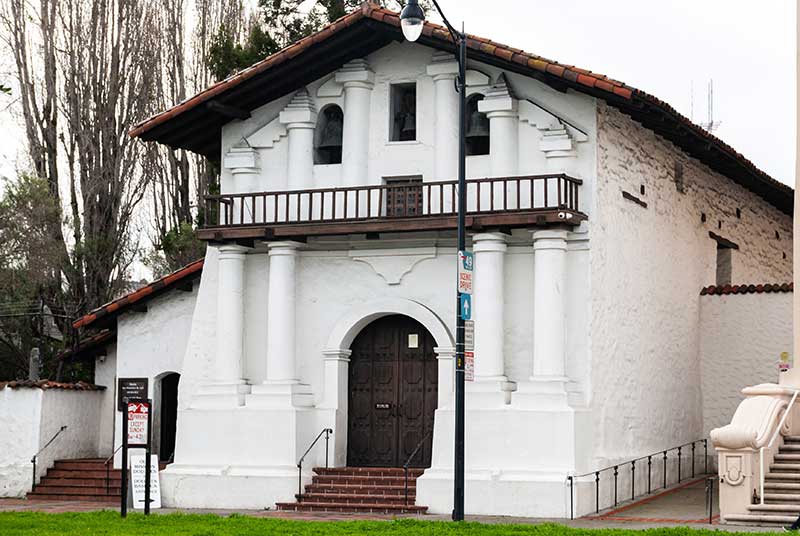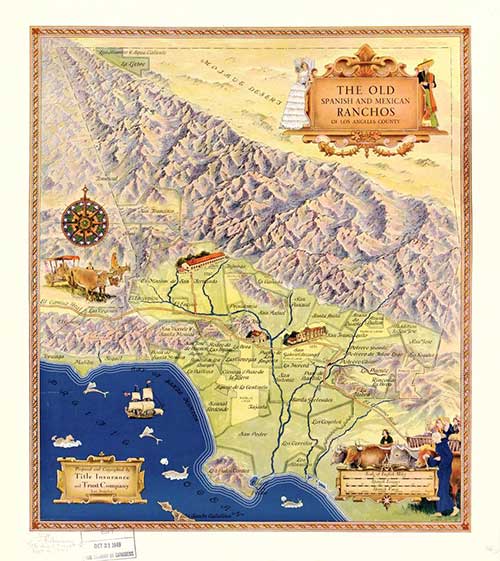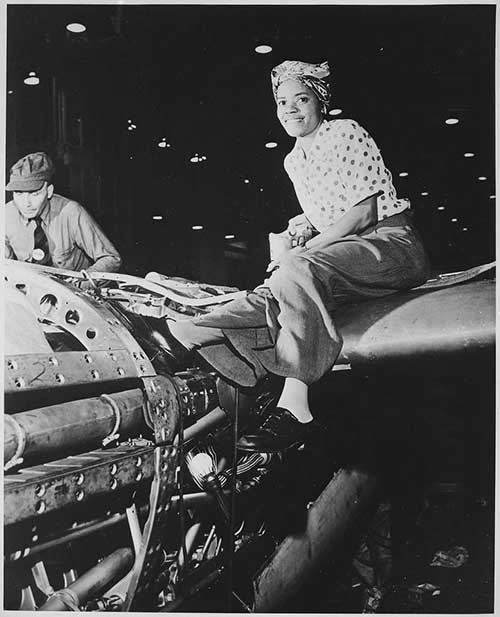Burbank’s Debt to Wes Clark
As an aside in before beginning to delve into the history of Burbank California we need to acknowledge the efforts of Wes Clark, a Burbank resident who took it upon himself to digitize much of the history of Burbank, making it available through the Burbank library to anyone who wants to know more about this community. You can find his website here.
Burbank History from Spanish Exploration to Founding of City
Much of Burbank’s history is tied to that of the rest of Southern California in the story of Burbank make 10 does sound very similar to other cities and locations throughout Southland. The thing that they’ll have in common is that pretty much every locality in the state Pose some debt to the Spanish explorers, including Juniperro Serra, the Franciscan missionary who founded a series of missions throughout California.

Indigenous peoples lived here prior to the Spanish exploration, and a recorded history of Burbank would begin with this exploration beginning in 1769.
After the establishment of the mission systems land in this area was divided up among landowners who received grant of land from the Spanish crown, the system of Ranchos began. One of those Ranchos was called Rancho La Providencia in occupied land that later became parts of Burbank. This part of Spanish colonial history can still be seen and felt in Burbank with Street names like Providencia and Providence St. Joseph’s Hospital.

Part of the agreement with the Spanish crown was that these landowners cultivate great quantities of grain like barley and wheat, which they did. First under Spanish authority then under the the Authority of Mexico this part of California became an agricultural powerhouse. Even so, tensions between Mexico and California continue to fester.
In 1845 the Battle of Providencia between the Mexican governor Manuel Micheltorena and California Governor Pio Pico resulted in the surrender of Micheltorena. This battle took place in the Cahuenga pass which currently links Burbank to Hollywood via Cahuenga Boulevard and from time to time Burbank area residents would unearth cannon balls from this battle around the area where Warner Bros. Studios now sits. By 1847 however, Mexican ownership of California was that an end due to the United States’ victory over Mexico in the Mexican American war. By 1850 California was a state of the Union.
American Period
In 1857, Jonathan Scott whose name is familiar—think of Scott Road in Burbank—came west from Missouri and traded some land for the western part of Rancho San Rafael which would eventually become Burbank. Others such as David Alexander and Alexander Bell had purchased Rancho La Providencia in 1851.
Around the same time Dr. David Burbank, who was a dentist from New Hampshire, came to northern California–San Francisco—and then eventually made his way to Southern California and the Los Angeles area. In 1867 he bought portion of Rancho San Rafael from Jonathan Scott as well as Rancho La Providencia from Alexander and Bell. This area would become the town that bears his name: Burbank, California.
Burbank as a City
By 1879 the first school was established in Burbank, located appropriately enough on Burbank Boulevard. The land was donated by David Burbank himself. In 1887 the city of Burbank was founded and continued to grow and expand over the following decades. Most of Burbank at this time was dedicated to farming and to raising animals such as sheep.
By the late 1800s and early 20th century Burbank was home to buildings such as a bank (Burbank State Bank) which occupied land at the corner of Olive Avenue and San Fernando Rd. And by 1923 the population of Burbank had grown to a city of 3000 people.
In the early years of the 20th Century the Pacific electric railroad–the famous red cars–were instrumental in providing transportation throughout the San Fernando Valley and Los Angeles and in 1911 connected Los Angeles to Burbank. Over the next decades Burbank expanded greatly and he came home to businesses such as the Walt Disney Company and Lockheed aviation, the latter playing a large role during World War II. Other companies such as Warner Bros. made their home in Burbank as well as other Motion picture companies.

Other companies such as NBC made Burbank their home and throughout the 1950s the postwar boom continued with building such things as the Starlight Bowl, St. Joseph’s Hospital and the County Courts building. Throughout the 60s, 70s and 80s growth continued in Burbank and today has become a city of over 100,000 people.
